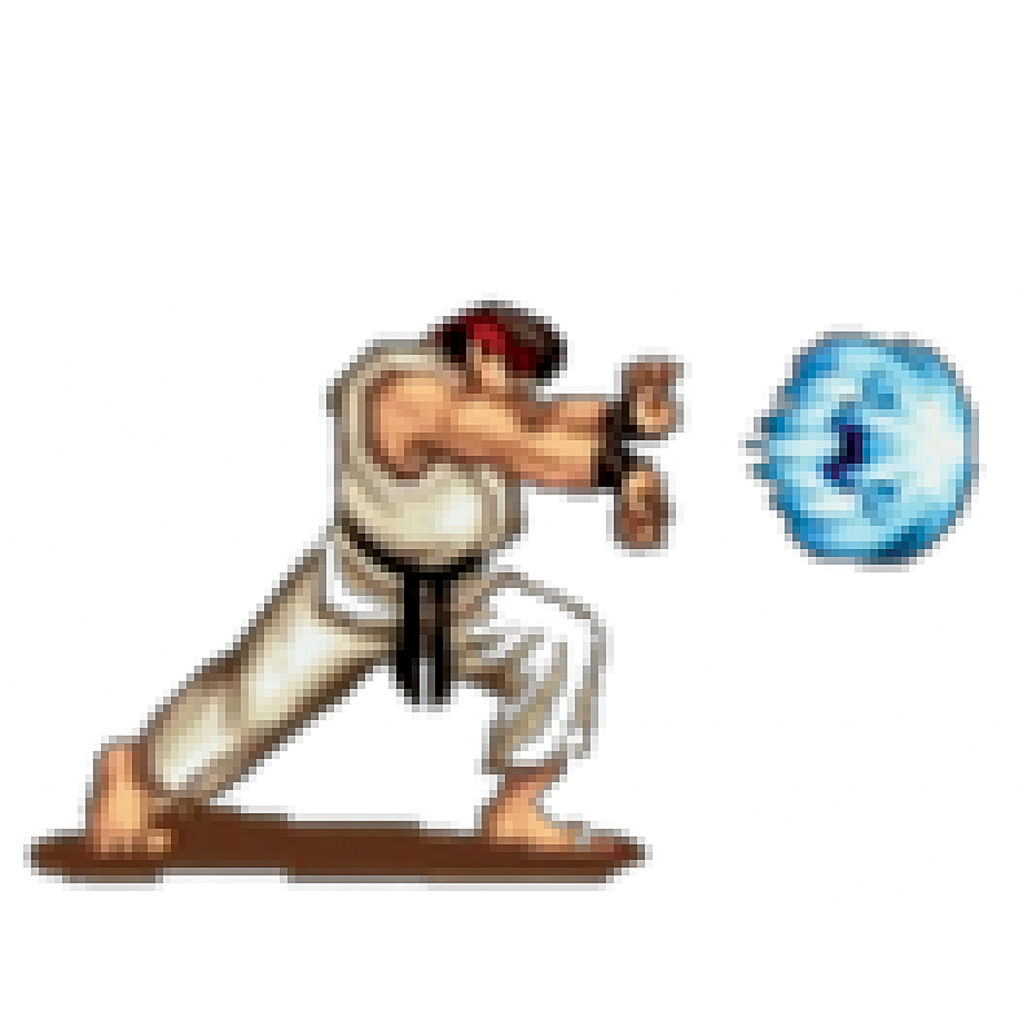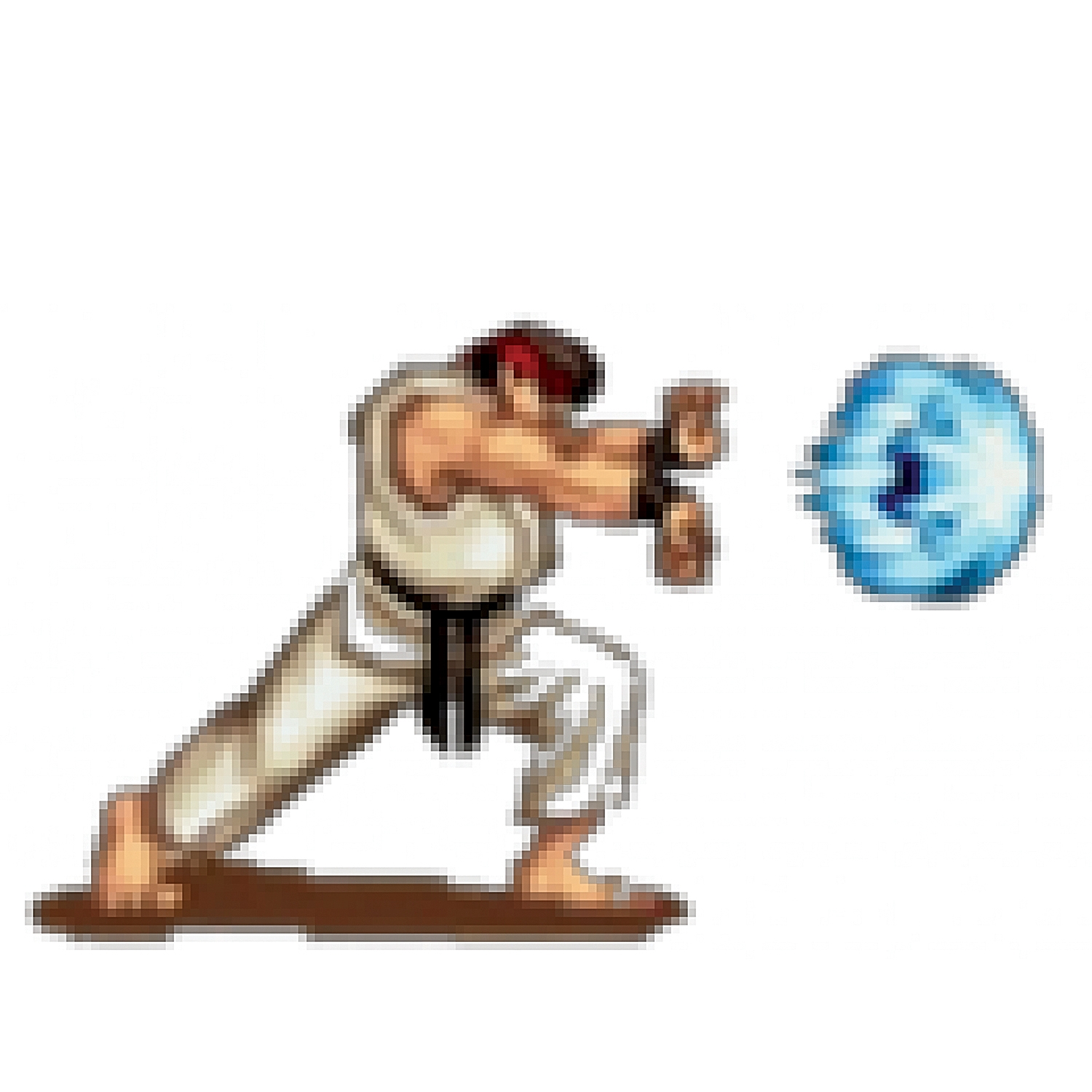Doug McGuff’s new high-intensity strength training regimen will have you working at peak efficiency, and hitting every muscle group
Hamid Adem
Staff Writer

Many people in in the pursuit of health and fitness spend countless hours in the gym trying to hit that one muscle group, and don’t see any discernible result. But this doesn’t have to be the case, says Doug McGuff, the author of Body by Science.
McGuff has redeveloped a revolutionary approach to strength-training that involves high-intensity strength training, which takes a minimum approach that introduces the biggest gain and gets you closer to your evolutionary point.
He has introduced a system of strength training that will have most people reaching their maximum potential in a short period of time using relatively short workout periods. Most common strength-training approaches involve going to the gym daily and working out every different muscle.
McGuff advocates five different compound body exercises that will target and hit every muscle in the body. When this type of exercise is done effectively, it will cause the body to react positively to the change and force muscle growth. Essentially he proposes a one set to absolute failure workout method, whereas you start off with a weight that is 70 per cent of your max and you precede at a very slow pace (10 up, 10 down) until you no longer feel like you can lift the weight. This way of working out will recruit the use of most your muscle fibres within the body, thus initiating bigger gains.
The five basic exercises are as follows and should be done in the order listed: seated rows, chest press, pulldown, overhead press, and the leg press. Although an advocate for exercise machines, McGuff also recommends free weights if machines are unavailable: bent-over barbell row, standing overhead press, dead lift, bench press, and squat. All these exercises are known to hit both the major and minor muscles in the body when effectively done. The one downfall with using free weights is that when going to absolute failure, it can be dangerous to do so as the weight would fall on you and they shouldn’t be done without a spotter or proper machinery.
“The two biggest mistakes people make when working out is: doing way too much exercise, and doing it too often, and not enough effort. Because they aren’t training as hard as they possibly could,” says Drew Baye, a leading authority on exercise physiology. “If they were training accordingly, they would have to cut their volume size by more than half. The workouts should be brutally hard; if someone was standing with a gun to your head you shouldn’t be able to do another rep.”


